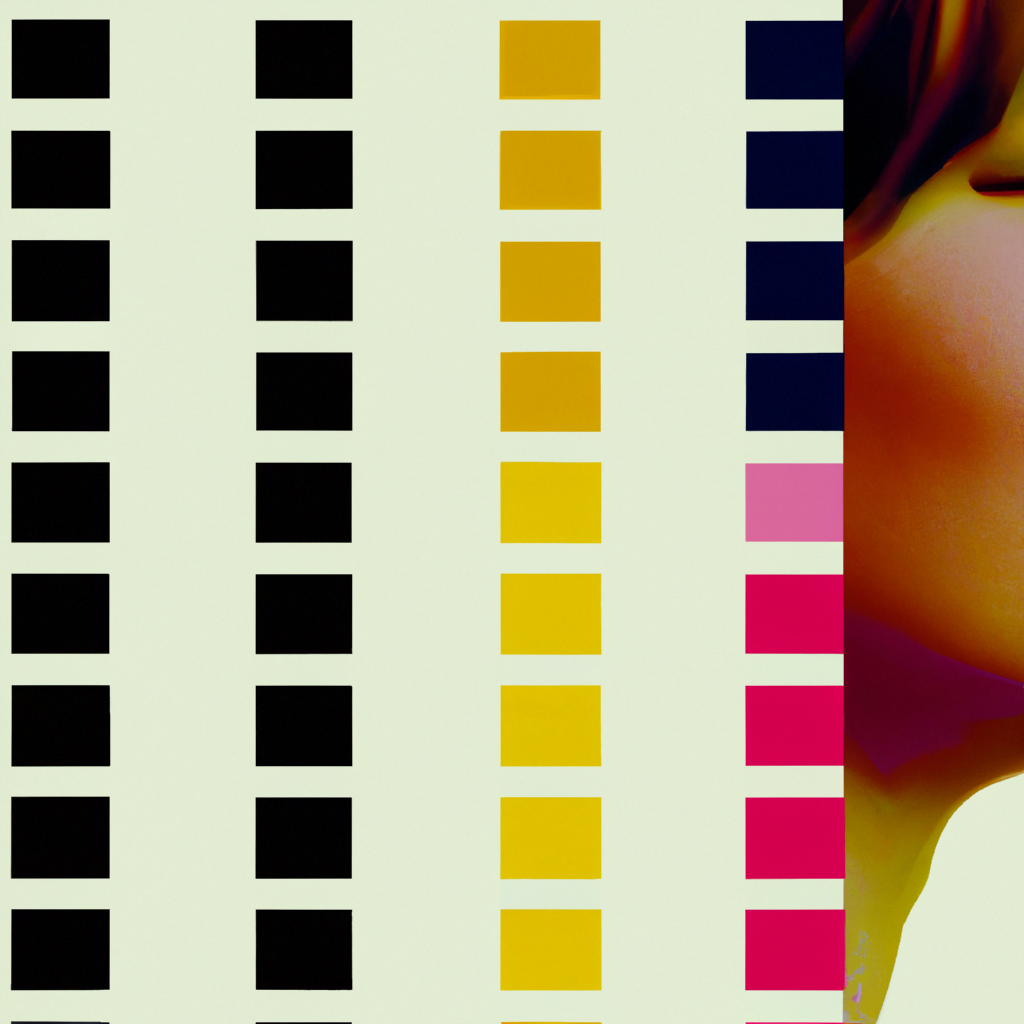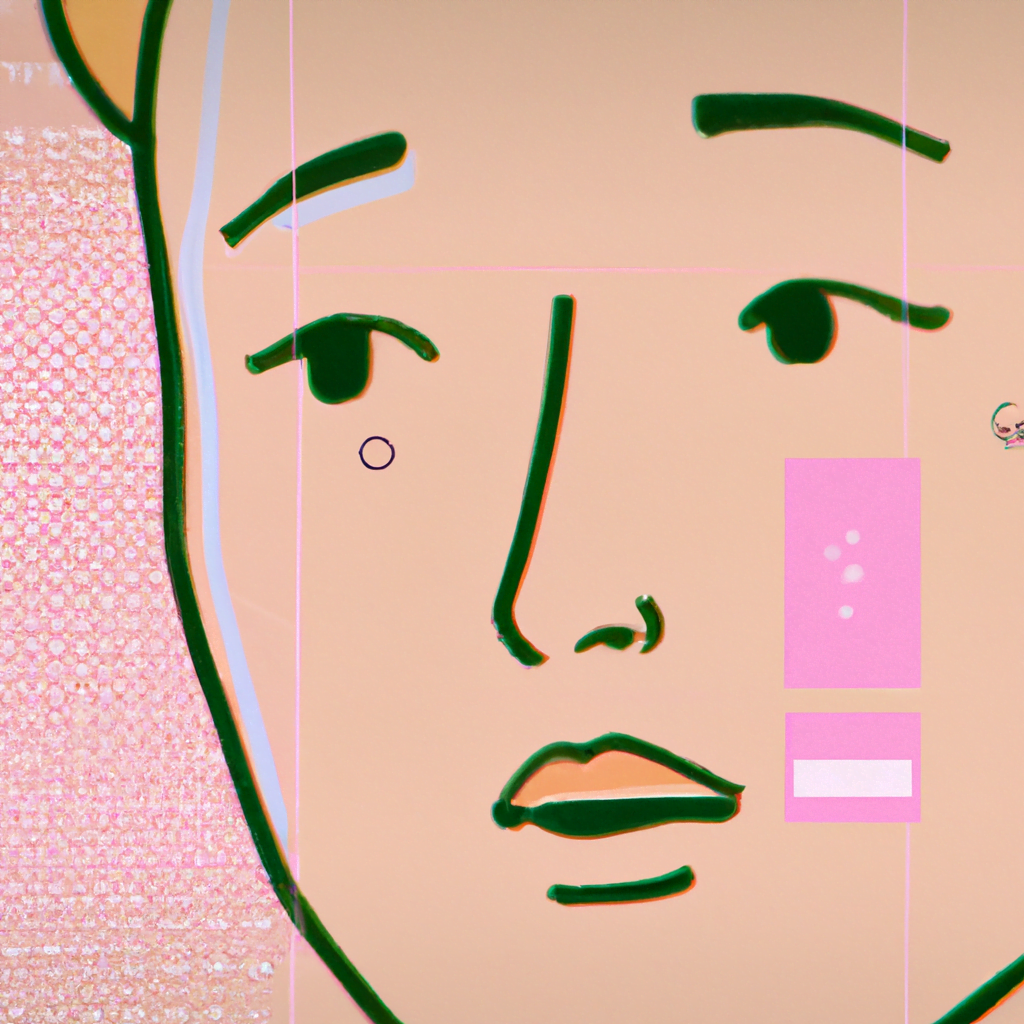
AI-Powered Storyboarding and Concept Visualization in Design

Design is a crucial aspect of any creative process, whether it’s for a product, a website, or a marketing campaign. It involves visualizing ideas, creating concepts, and communicating them effectively to stakeholders. Traditionally, designers have relied on manual storyboarding and concept visualization techniques to bring their ideas to life. However, with the advent of artificial intelligence (AI), designers now have access to powerful tools that can automate and enhance these processes. In this article, we will explore the benefits and applications of AI-powered storyboarding and concept visualization in design.
The Role of Storyboarding and Concept Visualization in Design
Storyboarding is a technique used by designers to visually represent a sequence of events or ideas. It helps in organizing thoughts, refining concepts, and communicating them to clients or team members. Concept visualization, on the other hand, involves creating visual representations of abstract ideas or concepts. It helps designers explore different possibilities, iterate on designs, and make informed decisions.
Storyboarding and concept visualization play a crucial role in the design process for several reasons:
- They help designers brainstorm and generate ideas.
- They facilitate collaboration and communication among team members.
- They enable designers to test and refine their concepts before implementation.
- They help stakeholders visualize and understand design ideas.
The Limitations of Traditional Storyboarding and Concept Visualization
While traditional storyboarding and concept visualization techniques have been effective, they come with certain limitations:
- They are time-consuming and require manual effort.
- They may not accurately represent the designer’s vision.
- They can be challenging to modify or update once created.
- They may not effectively communicate complex ideas or interactions.
These limitations can hinder the design process and lead to inefficiencies. This is where AI-powered storyboarding and concept visualization tools come into play.
The Benefits of AI-Powered Storyboarding and Concept Visualization
AI-powered tools have revolutionized the design industry by automating and enhancing various aspects of the design process. When it comes to storyboarding and concept visualization, AI offers several benefits:
1. Time and Effort Savings
AI-powered tools can automate the process of creating storyboards and visualizing concepts, saving designers significant time and effort. These tools can generate visual representations based on inputted data or descriptions, eliminating the need for manual drawing or design work. For example, an AI-powered tool can take a written description of a scene and generate a storyboard with appropriate visuals and compositions.
2. Enhanced Visualization
AI-powered tools can generate highly realistic and accurate visualizations, helping designers better communicate their ideas. These tools can use advanced rendering techniques and algorithms to create lifelike representations of concepts, making it easier for stakeholders to understand and provide feedback. For example, an AI-powered concept visualization tool can generate photorealistic 3D renderings of a product design, allowing stakeholders to visualize it in a realistic environment.
3. Iteration and Modification
AI-powered tools make it easier to iterate on and modify storyboards and concept visualizations. Designers can quickly make changes to the generated visuals, experiment with different ideas, and refine their concepts without starting from scratch. This flexibility allows for faster iteration cycles and more efficient design processes.
4. Intelligent Suggestions and Enhancements
AI-powered tools can provide intelligent suggestions and enhancements to storyboards and concept visualizations. These tools can analyze the inputted data or descriptions and offer recommendations to improve the design. For example, an AI-powered tool can suggest alternative compositions, color schemes, or visual elements based on the desired mood or target audience.
Real-World Examples
Several companies and designers are already leveraging AI-powered storyboarding and concept visualization tools to enhance their design processes. Here are a few notable examples:
1. Adobe Sensei
Adobe Sensei is an AI-powered platform that offers various tools for designers, including intelligent storyboarding and concept visualization features. It uses machine learning algorithms to analyze inputted data and generate visual representations. For example, Adobe Sensei can take a written description of a user interface design and generate a storyboard with interactive elements and animations.
2. Sketch2React
Sketch2React is an AI-powered plugin for Sketch, a popular design tool. It allows designers to create interactive prototypes directly from their Sketch designs. The plugin analyzes the design elements and automatically generates code for the interactive components. This AI-powered automation saves designers time and effort in the prototyping phase.
3. Morpholio Board
Morpholio Board is an AI-powered app that enables designers to create digital mood boards and storyboards. It uses AI algorithms to analyze images, colors, and textures and suggests complementary elements for the design. Designers can quickly experiment with different combinations and create visually appealing concepts.
The Future of AI-Powered Storyboarding and Concept Visualization
As AI continues to advance, we can expect even more powerful and sophisticated storyboarding and concept visualization tools in the future. Here are some potential developments:
- Improved Natural Language Processing: AI-powered tools will better understand and interpret written descriptions, allowing for more accurate and detailed visualizations.
- Real-Time Collaboration: AI-powered tools will facilitate real-time collaboration among designers, allowing them to work together on storyboards and concept visualizations remotely.
- Virtual Reality Integration: AI-powered tools will integrate with virtual reality (VR) technology, enabling designers to immerse themselves in their concepts and explore them in a virtual environment.
- Advanced Rendering Techniques: AI-powered tools will continue to improve rendering capabilities, creating even more realistic and immersive visualizations.
Conclusion
AI-powered storyboarding and concept visualization tools have transformed the design industry by automating and enhancing these crucial processes. They save time and effort, enhance visualization, enable iteration and modification, and provide intelligent suggestions and enhancements. Real-world examples like Adobe Sensei, Sketch2React, and Morpholio Board demonstrate the effectiveness of AI in improving the design process. As AI continues to advance, we can expect even more exciting developments in the field of storyboarding and concept visualization. Designers should embrace these AI-powered tools to streamline their workflows, improve communication with stakeholders, and bring their ideas to life more effectively.
